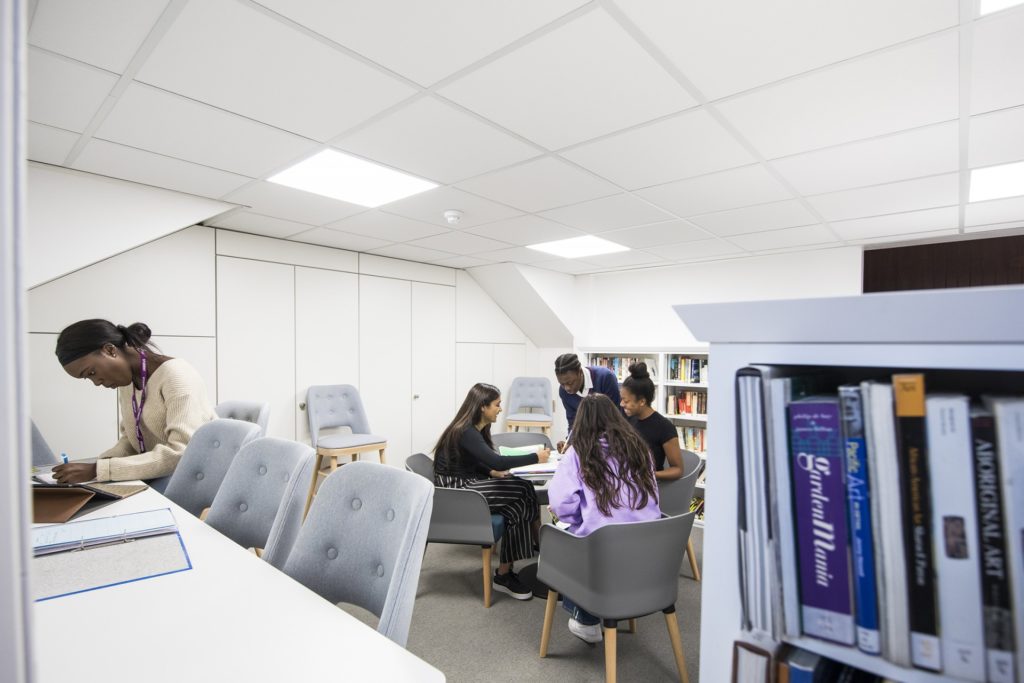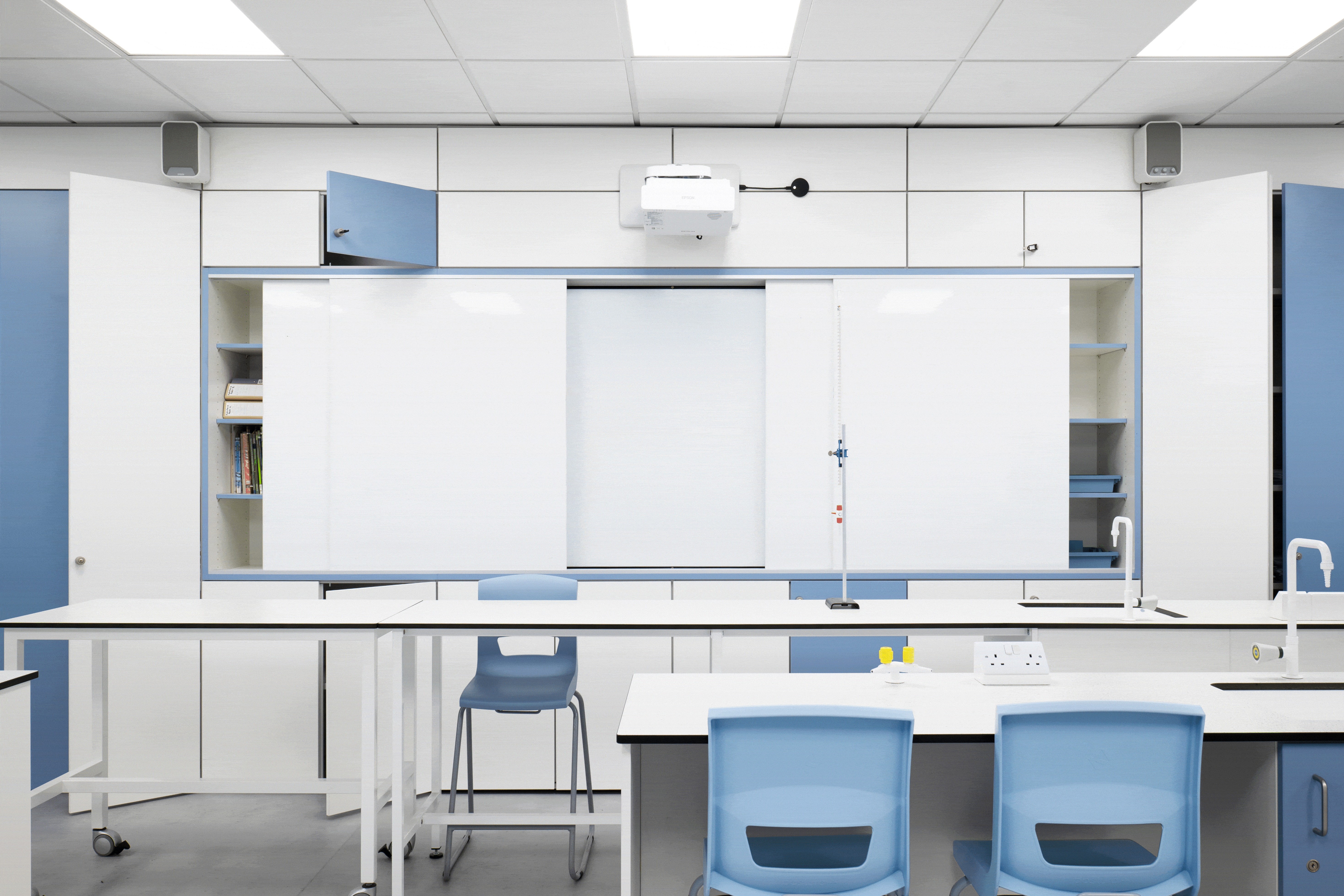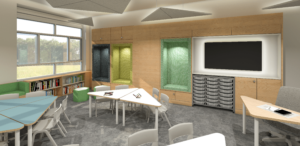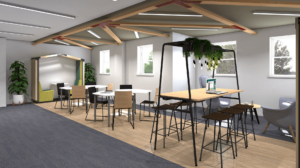Designers and educators work tirelessly to ensure that the formal learning environment is ideally matched to its purpose, and that productivity is constantly maximised. In contrast to this, informal learning spaces are often left neglected. Seen as little more than an after-thought, the impact of a high-quality space for dedicated downtime can actually result in happier, higher achieving students. Providing a place for reflection and allowing the opportunity for moments of detachment from the strict rigours of formalised learning can lead to a higher engagement rate in periods requiring more in-depth levels of concentration. It is therefore crucial that classrooms are not unfairly favoured when it comes to distributing resources in the quest for the complete learning environment.
So, we know the importance of such spaces, but what should they look like? What essential components should an informal learning environment include?
This four-point guide picks out what we believe to be the non-negotiable elements of a successful, high-functioning, informal learning area for students.
Student Engagement –The relaxed learning environment should tap into the needs of the children. It must be an area that is instantly engaging and draws students in. Consider carefully how to maximise the rate of engagement. Canvas opinion to discover what those who will be using the space feel they need, but don’t be afraid to offer them things they haven’t asked for, they may not be aware of their requirements. Sensitive lighting and a calming ambience will help to entice users to the space, and contemplate the use of soft organic resources to stimulate natural instincts.
Basic facilities, such as drinks machines and kitchen amenities, can be a way of enticing children unacquainted with such areas, and providing comfortable seating can be a way of ensuring they stay.A Range of Spaces –Traditionally, these informal learning spaces are conceded as an insignificant necessity, and as a result, can be some of the smaller areas found within a school. If space is at a premium, it is important to get creative with the zoning throughout the room. Providing a range of seating is an easy way of maximising flow and introducing contrast. Vibrant beanbags scattered amongst low-level informal seating can be a low-cost and easy method of presenting a variety of places to settle. Screen-dividers and partitions can be effective in splitting rooms, especially if selected areas of the environment are to be dedicated areas for working, they are also flexible and can be moved at a moment’s notice, instantly redistributing the focus of an environment.Personalisation and Ownership –Pupils looking for a break from their learning are often seeking an area over which they can administer some control. In stressful situations and circumstances, it is easy for young minds to be overwhelmed, so reinstalling some aspects of control can be a valuable move towards resetting the equilibrium. Examples of this include facilities for selecting and playing music, adjustable colour-changing lighting, and adaptable seating arrangements, all of which mean that students can take ownership of a space, allowing them to relax and reenergise.
Tech-Enabled –If a large part of a student’s day is dominated by screen-time, then attempt to make these informal zones a place of detachment. It’s tricky to completely banish technology, so encourage discreet integration and provide distinct zones where screens are permitted, but also quiet zones where they are not. Whilst connectivity is vital for the modern student, it’s almost more vital to provide moments throughout the day to separate from the constant demand that phones, tablets and computers can request.



